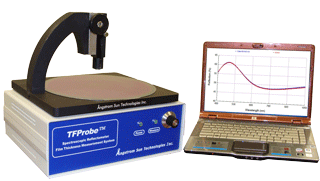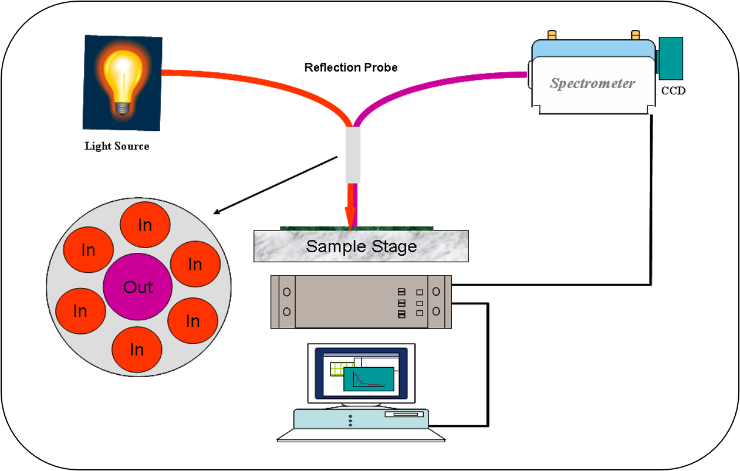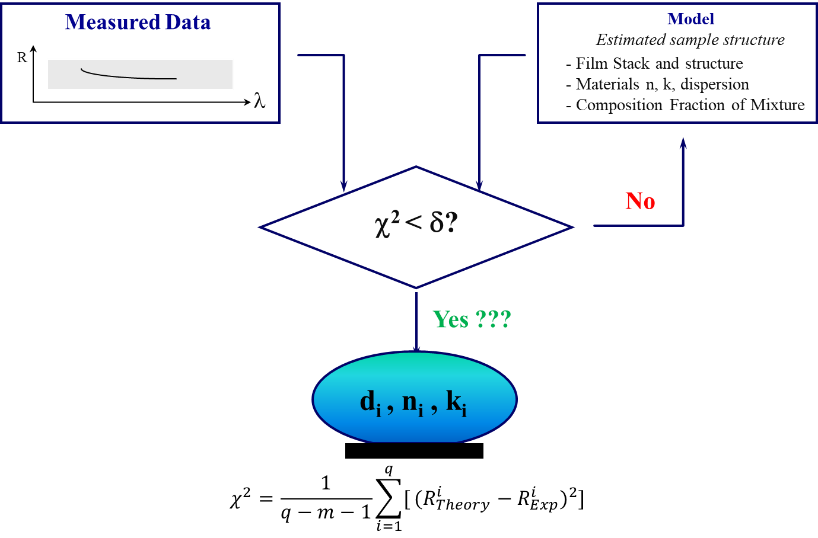products categories

Spectroscopic reflectometer (SR) tools are relative low cost and easy to use. To ensure accurate measurement on spectra, a long working distance and also adjustable working distance set up are professionally designed and considered. Since reflection spectra measurements require to use known reference to calibrate light intensity, it is hard to image that user could get accurate spectra without optimizing signal during such calibration because reference thickness is different from sample substrate's thickness in most of cases. Adjusting power output to lamp is our another consideration in ensuring a good measurement by reducing non-linearity effect of the detector.
We have developed several version of software for spectroscopic reflectometers. TFProbe 2.4 works under both 32 Bit and 64 Bit window operating systems. A more advanced version TFProbe 3.3 has also TFProbe 2.4 module integrated into it. As such, we have a complete solution for user to consider based on window's OS, advanced functionality and how simple user interface, like scientific mode or simple operator mode.....
With support in a more professional and advanced way, we offer spectroscipic ellipsometry technical support to our reflectometer users at no cost at all. With estabilished confidence in modeling with ellipsometry technique, you are able to obtain confident results at low cost!
Reflectometry Working Principle:

RSample = ISample / Io
RReference = IReference / Io
RSample = RReference x ISample / IReference
With reflectometry, a reference or standard (known its reflection) must be used to calibrate light intensity Io. By acquiring signal (IReference) from this reference and known reflection (RReference), Light intensity Io under the same measurement condition can be obtained. By getting signal from sample, RSample is finally obtained. If the film thickness or its optical constants are needed, then a mathematic fitting algorithm is applied to obtain them via an assumed model (Layer Stack).

A 6 around 1 reflection probe is typically used in setup. 6 fibers deliver light beam on to sample and one reading fiber guides reflected signal to detector. With such configuration, reflectometer can be conveniently implemented in an in-situ or in-line applications.

